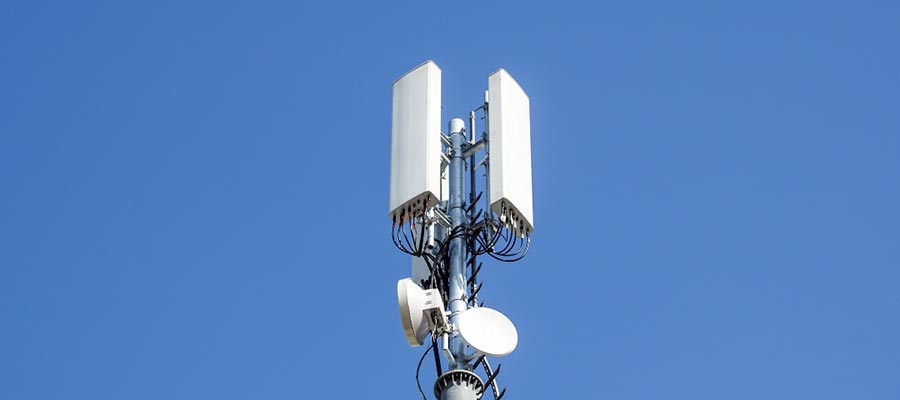Rambla Salvador Samà, 47
Vilanova i la Geltrú – Barcelona – Spain
CONTACT FORM

High-frequency electromagnetic waves are mainly used to transmit information. They are emitted by mobile or wireless phones, WIFI networks or radars, as well as for heating food in microwave ovens.

They are non-ionizing radiations formed by the union between an electrical and a magnetic part. The frequencies range from 3Mhz to 300 Ghz.
They are transmitted wirelessly through the air, transporting energy from one place to another. They are mainly used to carry information, which is incorporated as a low frequency into the carrier wave, which vibrates at high frequencies.
Pulsed modulation is used in digital mobile telephony, rireless phones with DECT technology, WIFI networks and Bluetooth.

It has been scientifically proven that electromagnetic waves produce adverse thermal effects on living beings. In turn, it is being studied whether there may also be non-thermal effects, which in this case is particularly dependent on the type of modulation.
Pulsed modulation has the peculiarity that the vibration frequency in which the information is incorporated is located at frequencies similar to those used by the bioelectric system of the human body. In this regard, science studies whether pulsed waves increase the risk of interacting with fundamental biological processes of the human body.
The Bioinitiative project has analyzed 1800 scientific studies on the effects of low-intensity electromagnetic radiation.


The conclusions of the Bioinitiative project show both minor and more serious affections. The lighter ones indicate that they can cause discomfort, sleep disorders or simply loss of well-being (affections to mental functioning and metabolism). Other more serious affections suggest that electromagnetic waves may be interfering with the possibility of getting pregnant, preventing a pregnancy from ending up successfully or affecting the development of the brain of children
The International Agency for Research on Cancer (IARC) classified in 2011 the fields generated by high frequency waves are potential human carcinogens.
The European Academy of Environmental Medicine (EUROPAEM) on the 2016 guide among other agencies, identify long-term exposure to electromagnetic fields with common symptoms such as difficulty concentrating, depression, lack of energy, fatigue, sleep problems and as a risk factor for diseases including certain types of cancer, Alzheimer’s disease and male infertility.
For children these risks may be even higher, especially for a cumulative effect, but also due to the increased sensitivity of immature cells.

The physical environment in which electromagnetic waves move is not governed by the high standards that regulate other areas, such as pharmaceuticals, which are subject to multiple tests before new products are marketed.
The accumulation of cases of pathological diseases and the advance of independent science showing risks of electromagnetic waves advise the principle of prevention. In this respect, the best prevention is distance from emission sources. Another preventive measure is shielding: building materials, particularly the more solid ones, often provide effective shielding.
In cases where the measured power intensity provides values far from the prevention thresholds, it is recommended to consider specific shielding measures, especially in the rest areas where the human body remains for longer hours.

A common method of measuring electromagnetic waves is the spectrum analyzer, which detects radiation intensity, power and frequency. The current limits in Spain are a power density of 1,000 μW/cm2 for mobile telephony frequency ranges (2GHz).
It should be noted that many organizations use the exposure guidelines of a private organization, the ICNIRP, as a reference when setting limits for non-ionizing radiation. The guide, which dates back to 1998, focused exclusively on thermal effects.
The Parliamentary Assembly of the Council of Europe adopted in 2011 a resolution entitled “Potential hazards of electromagnetic fields and their effect on the environment” which established prevention thresholds of 0.6 V/m (approximately 0.1 μW/cm2) for long-term microwave exposure levels in all indoor spaces.
The reference values used in bio-construction include limit values far below the legal ones and avoid as much as possible values above 0.1 μW/cm2 recommended by the Council of Europe.
Rambla Salvador Samà, 47
Vilanova i la Geltrú – Barcelona – Spain

2025 © Copyright - Carles Surià